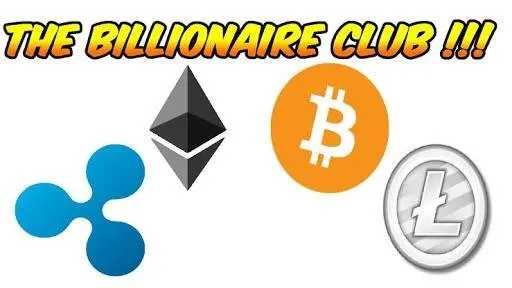The ripple price soared over the weekend, to compete with ethereum as the second largest crypto, thanks to 3 credit cards from Japan and big games in the financial markets. Along with the arrival of 2018, as well as the last trading day of 2017 saw the rising ripple market rise to $ 76 billion overtaking the $ 73 billion market cluster of ethereum. Although jaih is under the $ 246 billion bitcoin
The final quarter of 2017 has seen some seismic activity or fireworks from crypto. Bit global global bitcoin took the package at a price of $ 20,000 before settling at $ 15,000 many investors will remember that bitcoin once occupied $ 1,000 in December and hopes to get past the expected $ 1000 in 2017. While the bitcoin is right hope tesebut certainly shocking investors in this case, of course we sekrang need to check the activity of crypto agar market
understand the rising ripple price The cross-border currency movement helps the price of XPR surging. Ripple is a crypto designed for banks and businesses that transfer money around the world. Token Ripple as XPR and for the first time in the history of the token price rises above the $ 1 mark on December 21, rising over $ 50 billion between just three days of a particular week on a XPR that exploded, price scaling peaked again at $ 1.90 before settled at $ 1.85 at 2:15 AM EST on Friday 29th December 2017. During 2017 the Nipple Ripple skyrocketed as much as 28,000% became the most valuable crypto under the sun, following data provided by the price-tracking coin market cap for crypto. More banks and financial institutions that cooperated with Ripple until a year ago harrated XPR somewhat stagnamically, by 2017 a bumpy ripple made the collective market around $ 75 billion. The cross-border ripple payment system uses blockchain technology which is the driving force behind most cryptoes in the crucial, the big advantage under ripple to cross-border payment space is the surprising speed in small fees charged by other payment systems. Using a ripple cross-border payment of just 15 seconds compared to about three days for banks using swift networks for interbank transactions created four decades ago.
